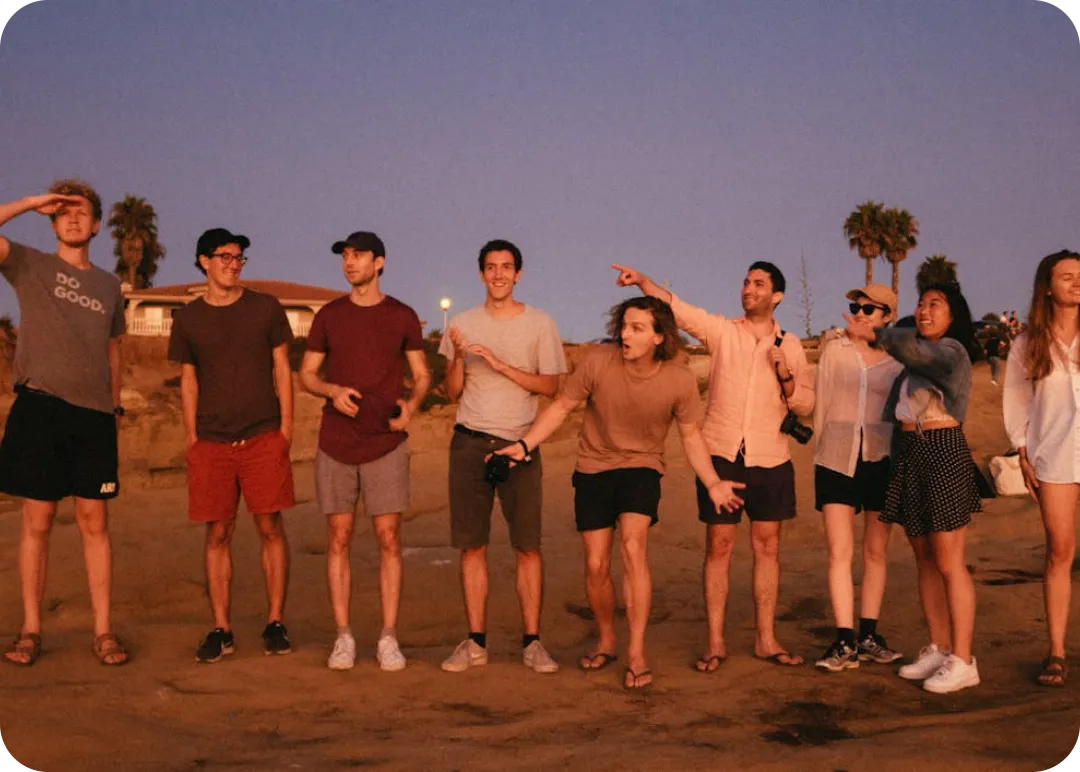Browse their profiles and meet singles who reflect their charm, personality, and energy
Cuba, the island of rhythm, resilience, and timeless charm, has gifted the world with legendary figures in music, dance, sports, and the arts. This page celebrates the lives of some of Cuba's most celebrated personalities, including Celia Cruz, the "Queen of Salsa," whose voice carried the joy of Cuban music across the globe; Gloria Estefan, the Grammy‑winning singer and global Latin music icon; Javier Sotomayor, the Olympic gold medalist and world record‑holding high jumper; Omara Portuondo, the beloved voice of the Buena Vista Social Club; and Desi Arnaz, the legendary actor, musician, and producer who brought Cuban charm to Hollywood screens.
Each celebrity profile invites readers to connect with the human side of these icons, featuring biographies, birthdays and zodiac signs, family and personal stories, memorable quotes, career highlights, and awards. Learn how Celia Cruz's powerful voice became a global symbol of joy, how Gloria Estefan bridged Cuban roots with international success, and how Javier Sotomayor's record‑breaking jumps inspired national pride. Our Cuba celebrity list is more than a collection of famous names—it's a tribute to the rhythm, talent, and soul that define the Cuban spirit.
Exploring these profiles lets readers step into the heartbeat of Cuba, feeling the warmth, artistry, and pride of an island that has touched the world.

Have you ever imagined meeting someone with the radiant energy of Celia Cruz, the captivating charm of Desi Arnaz, or the soulful artistry of Omara Portuondo? On Higo, our "Cuba lookalike singles" section transforms admiration into genuine human connection. These members reflect the charisma, warmth, or artistry of Cuba's beloved icons, making every interaction feel vibrant and personal.
Our singles come from Havana, Santiago de Cuba, Trinidad, Varadero, and Cuban communities around the world. Each profile goes beyond appearance to share lifestyle, passions, and personality, helping conversations develop naturally. Whether you're drawn to someone who loves music, dancing, sports, or Cuban traditions, our lookalike singles bring the island's joyful energy into your connections.
Browsing Cuban lookalike singles is like strolling through Old Havana with music drifting from every corner—colorful, romantic, and full of life. A shared smile or a passion for culture can turn curiosity into conversation, and conversation into a story you'll always remember.

Higo Local Meet Global is where admiration for cultural icons meets authentic human interaction. Our platform is available in Cuba and is popular among both locals and the Cuban diaspora. We offer a safe, private, and culturally respectful environment, following international privacy and consent standards to ensure that members can connect with confidence.
Here's how Higo works: start by exploring our Cuba celebrity list to learn the inspiring life stories, awards, and journeys of the nation's stars. Then, browse real singles whose personality or aura reflects the icons you admire. With photo verification, interest‑based filters, and personality‑driven matching, Higo transforms admiration into meaningful, human connection.
By celebrating Cuba's cultural pride and giving singles a trusted space to meet, Higo turns inspiration into conversation and conversation into connection. A spark of recognition, a heartfelt chat, and the rhythm of Cuban life can create moments you'll treasure forever.